The invention of the drum machine (a.k.a. the rhythm box or beat box) was a gigantic step forward in electronic music especially pop. Without it, disco, techno, rap and hip-hop would not have been possible and that includes all the offshoots from ambient and dub-step to trance and bass. The drum machine is pivotal to all those subgenres. The first drum machine was built by Leon Theremin in 1932 and called the Rhythmicon which now sits in the Smithsonian (yea, really):
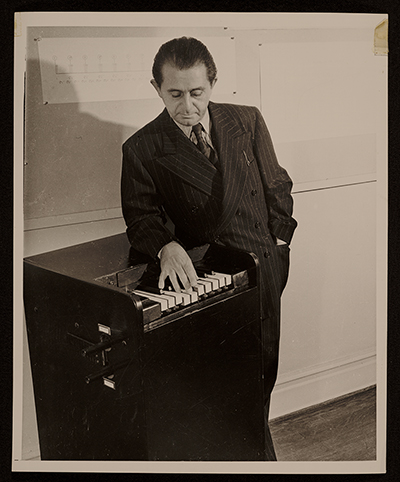
The Rhythmicon, however, was not a true beat box. Rather, one played the keys which produced various drum sounds. The first true beat box was invented by Harry Chamberlain in 1957 and called the Chamberlain Rhythmate. The Rhythmate played a bank of pre-recorded tape loops of jazzy sounding drumbeats with adjustable tempos and volume. It had a jack for electric guitar, microphone or organ. Chamberlain later invented a keyboard that played tape loops of various instrumental sounds and this was the forerunner of the Mellotron (sometimes erroneously referred to as a Chamberlain).

Wurlitzer produced the first commercially used drum machine in 1959 called the Sideman. It produced 12 drum patterns using vacuum tubes and was rather versatile producing a variety of patterns from jazz to foxtrot to waltzes. Raymond Scott invented the Rhythm Synthesizer in 1960 and another in 1963 called Bandito the Bongo Artist. The following year saw the first transistorized drum machine made by Seeburg/Gulbransen called the Rhythm Prince (not fully solid state) and then the Select-A-Rhythm machine (usually simply called the SAR1).

The SAR1, the first fully transistorized drum machine.
The drum machine that really changed things, however, was the FR-1 Rhythm Ace in 1967 made by Ace Electronics of Japan whose founder, Ikutaro Kakehashi, would go onto found the Roland Corporation. It used 16 pre-set sounds with four selectable percussion voices. The true revolutionary development was that the FR-1 allowed the player to push more than one pre-set in any combination desired to cascade them together with resulted in over 100 different patterns that could be manipulated in a large variety of ways. The Hammond Organ Company took out a license to install the FR-1 in its organs which was the start of built-in drum and rhythm patterns installed on electric organs. In the U.S., Peter Sorkin Music marketed the FR-1 as the Multivox. In the U.K., it was marketed as the Bentley Rhythm Ace (and, yes, that’s where the band took its name). The sounds of the FR-1 went onto became the basis of those used by Roland which would revolutionize drum machines by producing the first MIDI model (the TR-909).
The first pop single to feature the rhythm box prominently was Robin Gibb’s 1969 hit, “Saved By the Bell.” In the early 70s, Sly & the Family Stone, Can and Pink Floyd would also use them. The Japanese psychedelic band, Benzaiten, started using drum machines in 1974. Bassist Harry Hosono came out of Benzaiten to co-found Yellow Magic Orchestra three years later. In fact, YMO was the first band to use the Roland TR-808, the non-MIDI precursor of the TR-909. Marvin Gaye (“Sexual Healing") and Afrika Bambaata followed suit and the TR drum machines became the very basis of house music. Rap utilized the TR models to provide the bass lines as much as the beats. In fact, the TR models have been used on more hit recordings than any other drum machine. Kanye West’s album,
808s and Heartbreak, was named after the TR-808 which is STILL used in the various hip-hop, house and techno subgenres because the sound is so iconic.
However, the 808 was not the only drum machine used in disco and early house music of the 70s. There were several others that were extremely influential including Eko’s ComputeRhythm, the FR-15 of Ace Tone, the Programmable Drum Set of PAiA and Roland’s CR-78.
When the 80s rolled around, so did Linn’s LM-1 Drum Computer. This was followed by the LinnDrum. This became the drum machine of choice for bands as Human League, Prince and Morris Day & the Time.
When the MIDI revolution hit in 1983, MIDI drum machines were all the rage. Artists as Phil Collins, the Police, Eurythmics and New Order preferred to use the Oberheim DMX which not only had incredibly real drums sounds but you could play a pattern and use the swing function to make it sound more human—indistinguishable. At that time, no other drum machine offered that.

One particularly nice MIDI machine was released in 1991 by Alesis—the SR-16. A very small box packed with power is how I would describe it. When I bought one, I put my 808 aside. Although there are much better and more extensive drum machines available today, I still use the SR-16 exclusively. It does everything I need a drum machine to do. It’s completely programmable and features everything from congas to cowbells to blocks to various snares and toms to kicks to ride and crash cymbals to hand claps to car door slams. You can manipulate the various envelopes of each sound to your heart’s content and make them sound any way you want. The preset patterns are kick-ass but you can also import the sounds into MIDI pads and play your own patterns and then import the patterns into the SR-16 and store them! In fact, the SR-16 is a highly popular drum machine today:









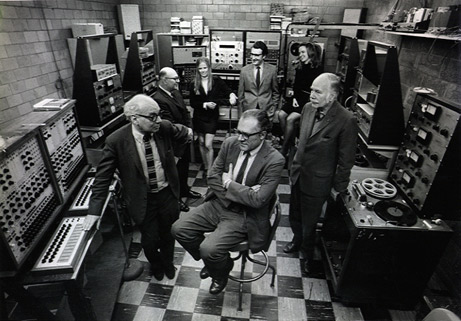




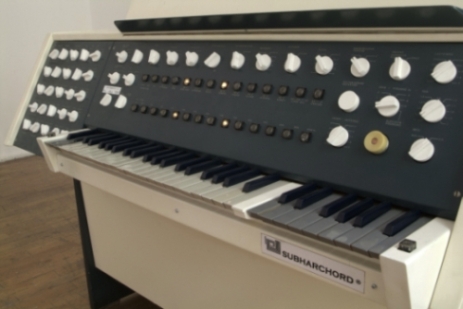
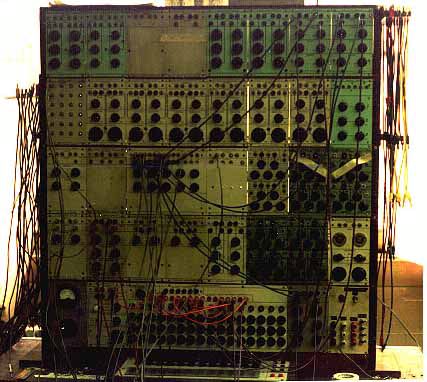



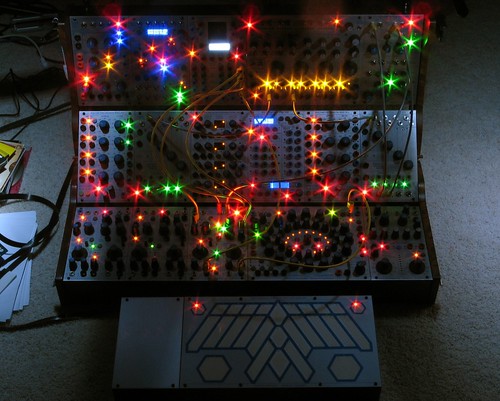







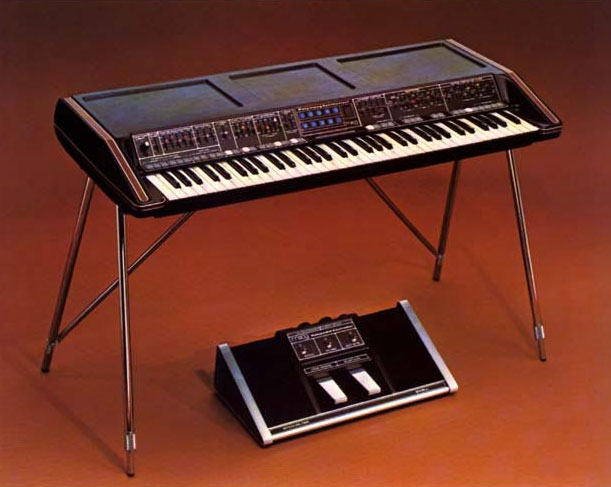
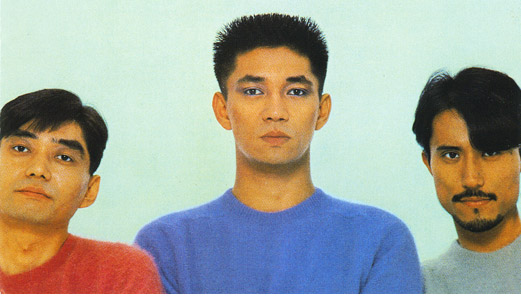
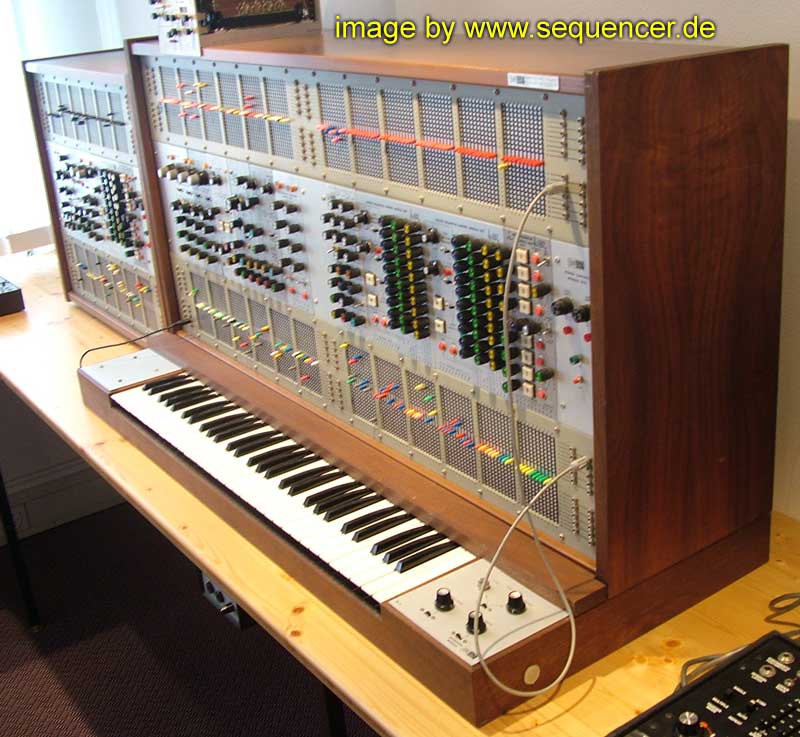
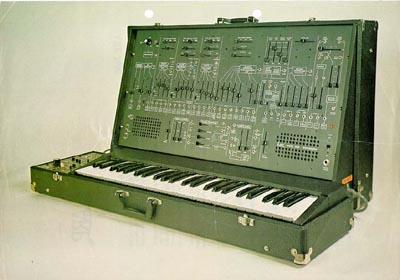






 Linear Mode
Linear Mode
